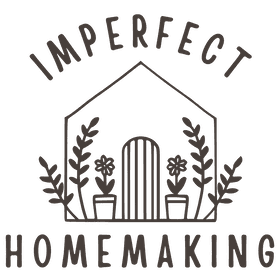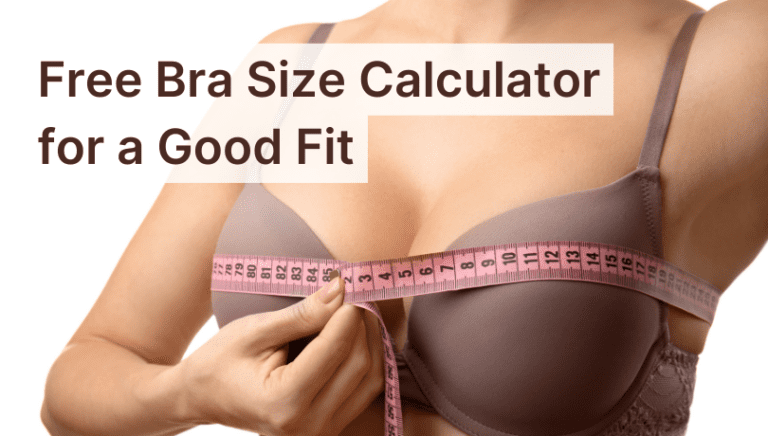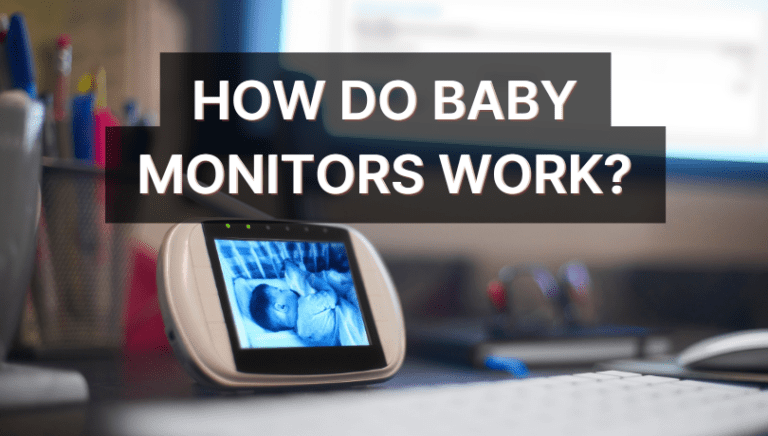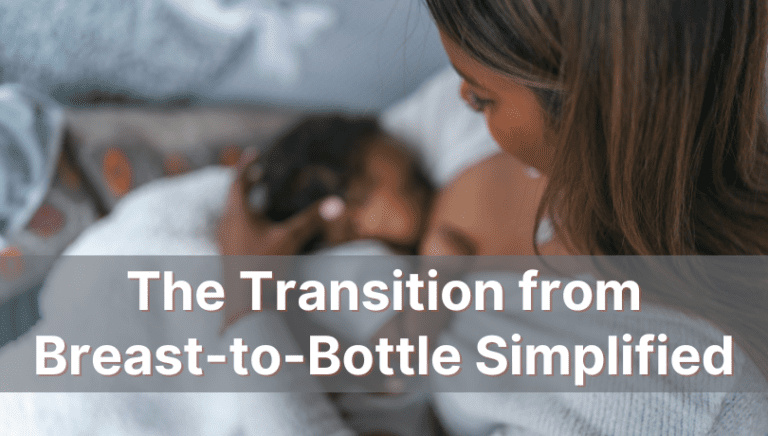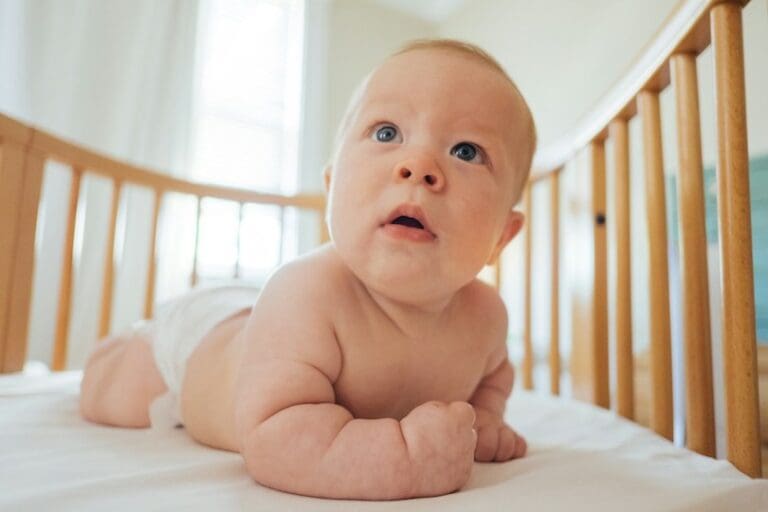Crib Mattress Safety Standards You Need to Know
Isn’t it a wonderful feeling holding that beautiful little new life form in your arms, wanting nothing but to nurture and keep your child safe? Now that some of my children are older, I think back to that feeling a lot.
I’m sure that you too may have had conversations with your family just like I did about crib mattress safety, especially if you are getting ready to welcome a newborn to an exciting world! And I was a very nervous new mother back then.
I remember Googling everything from crib mattress safety standards to choosing the right mattress material, mattress breathability, and so much more. In my experience nurturing six children, I’ve picked up a few tips about checking the safety of a crib mattress, and I thought I’d share that with you.
I’m sure parents want to know more about crib mattress safety standards, whether it’s safe to elevate crib mattresses, their waterproof variants, and things to consider when you buy a crib mattress. So, I hope you find this information useful! Let’s get to it.
Table of Contents

The Importance of Crib Mattress Safety
Crib mattresses are your baby’s sleeping mate for 12 crucial months. I mean, we can’t keep the baby in our arms for 24 hours when they spend almost 16–17 hours sleeping, can we?
- The sleeping space needs to be safe to protect your baby from different illnesses, SIDS, and other accidents.
- Babies need to sleep only on firm surfaces to protect their heads from suffocation hazards.
- Also, infants usually cannot push themselves back up when they roll over during sleep. This may cause head injuries and breathing issues. That means they must lie on their backs when they sleep.
So, choosing a safe crib mattress has to be the priority, dear parents!
Also See: How to Protect Baby from Hitting Head in the Crib?
Crib Mattress Safety Standards
A crib mattress has to go through many tests and standards before it finally hits the shelves.
So, it’s good to know what the standards are for crib mattresses. I came across the existence of these standards (by chance, really), and learned as much as I could about them.
1. Consumer Product Safety Improvement Act of 2008
This is a mandate that helped improve the safety standards for children’s products, and this includes crib mattresses. These improvements were made to tackle crib mattress hazards like SIDS, suffocation, entrapment, and lacerations.
- CPSC’s crib mattress safety standards ensure that your crib mattress goes through tests like the firmness test, compression test, cyclic-load test for coil spring cores, and other checks to avoid sharp edges, lead paints, small parts, among more.
- It also standardized crib mattress dimensions, stitching type, required warning labels, and more.
- Also, the CPSC does not allow mattresses to be sold if it doesn’t pass a flammability test since fires are a major risk to avoid, and we want our crib mattresses to be free from dangerous chemicals that can catch fire.
2. OSHA System Standards
These regulations exist for manufacturers to produce mattresses with high-quality materials and ensure that only approved filling materials are used in mattresses.
- I got a foam mattress for my third child and got to know about this crucial standard. This allows good foam quality and durability in your crib mattresses!
3. CertiPUR-US Certification
Additionally, you can check for the CertiPUR-US seal on your crib mattress to ensure that your foam mattresses have a proper weight.
- Mattresses that come under this standard pass organic testing and weight measurement. So, it won’t sag or lose firmness easily, helping you avoid risks like suffocation.
4. Global Organic Textile Standard (GOTS)
You can also look for a GOTS certification, which ensures that your crib mattress is made with 70% organic materials.
- It ensures that your baby sleeps on a safe surface that won’t be harsh on sensitive skin.
Is It Safe To Elevate or Tilt Crib Mattresses?
No! Elevating crib mattresses can raise the risk of SIDS. Babies always need a firm and flat sleeping surface.

You may want to help your baby when they are dealing with reflux or congestion. But elevating a crib mattress is not the way to go about it. There are better sleep solutions to deal with reflux.
- Reflux and congestion are common problems in infants, but it’s a part of their body’s development too (I learned this from my pediatrician).
- So, please understand that a baby with reflux just needs some time to recover. There isn’t a need to elevate crib mattresses for this!
How Do You Know Your Crib Mattress is Safe?
You know, in the process of finding a safe crib mattress, we parents can sometimes get exhausted trying to differentiate between what’s right and wrong. Has that ever happened to you?
I remember checking out many mattresses online, consulting pediatricians, and often seeking advice from fellow parents too. And also, your baby’s needs may be unique! In that way, no one knows your baby better than you!
So, checking their needs, comfort zone and watching their growth pattern are great for choosing a safe mattress. Apart from that, there are these standard factors to look for when you purchase a crib mattress.
Recommended Reading: How to Make Crib Mattress More Comfortable?
1. Check For Proper Size And Fit
Your crib mattress HAS to fit well.
- When your mattress is slippery or leaves gaps and holes around the edges, it can be dangerous for your child. Gaps between the crib and the mattress might pinch your baby’s face or trap their bodies!
- So, please measure the crib and mattress dimensions well for a proper fit. I’ve also found that it’s better to choose a standard-sized mattress that hugs your crib well.
Related Post: Crib Mattress Sizes vs Twin
2. Choose A Firm Surface
Babies need a firm mattress to sleep on. Soft, mushy mattresses just won’t do! Why?
- Soft mattresses are dangerous for babies because they can cause SIDS due to suffocation and more (AAP guidelines, folks!). So, please choose a firm mattress for your baby’s crib.
There’s this hack I found to check if my crib mattress is firm. I call it the squeeze test. Drop a heavy object on the mattress (like a heavy paperweight), remove the object, and see if your mattress returns to its original shape. When it does, the mattress is firm!
3. Check For Waterproofing
Waterproofed mattress covers are so useful. My baby sometimes sits in the crib for a long while. And naturally, like with all kids, they might pee, spill water, and whatnot on their crib mattresses.
- So, I always put on a waterproof mattress cover that neither harms my baby’s clothes nor the mattress base. It also makes cleaning easy as pie, so God bless them.
- Also, these waterproof covers restrict the growth of bacteria, mold, and allergens on the mattress. We definitely don’t want mold issues, so waterproof covers are amazingly helpful.
So, look for mattresses with waterproof covers that are easy to clean and maintain.
4. Consider Breathability
You don’t want your baby to feel overheated or suffocated sitting or sleeping on their crib mattress!
- So, when you choose a crib mattress, check if they use breathable fabrics like cotton, memory foam, or other woven fabrics that allow air to flow.
- Using breathable fabrics for mattresses can help reduce overheating and remove the risk of suffocation for young babies.
5. Pay Attention To Allergens
I’ve noticed that allergies or sensitive skin are common problems in infants. Allergies can be irritating and can decrease your child’s sleep quality too.

- So, to reduce reactions, opt for mattresses with hypoallergenic materials and put on mattress covers.
- Such mattresses are more than a blessing because they protect my baby from exposure to common allergens such as dust mites, mold, and pet dander.
Concluding On Crib Mattress Safety
I hope my guide helped you understand that you can never compromise on your baby’s sleep safety. So, please choose a crib mattress that follows all safety standards. Safe crib mattresses keep your baby comfy and healthy.
Remember, proper size and fit, a firm surface, and waterproofing are essential factors for your baby’s safe sleep.
Also, the Consumer Product Safety Improvement Act (CPSIA), CertiPUR-US, and Global Organic Textile Standard (GOTS) provide assurance of quality and materials used, so keep that in mind when you look for a mattress.
